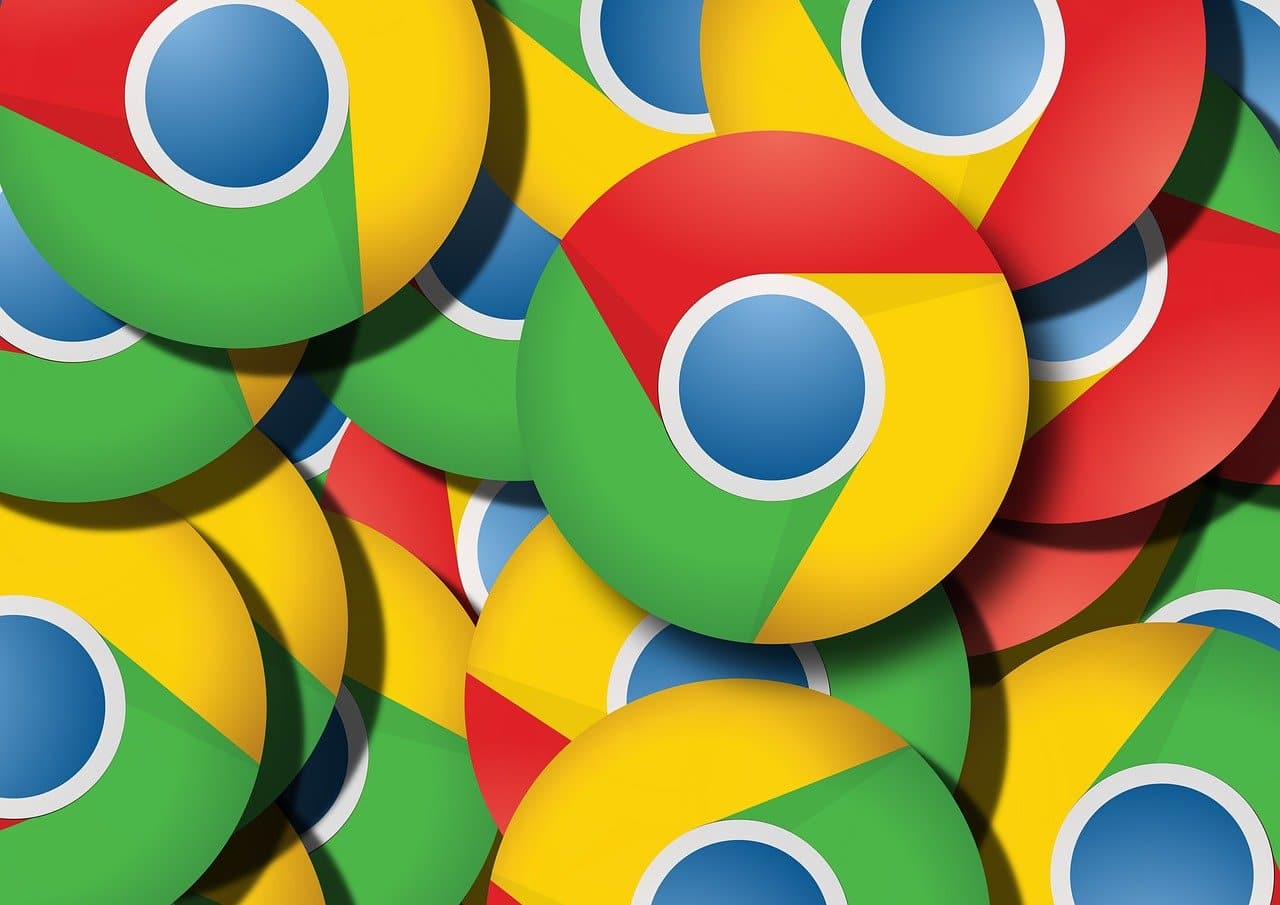
Within the world of operating systems, a new opponent to take into account has just appeared, which is mainly focused on the recovery of old hardware and the integration of the ecosystem that Google has been designing over the years: Chrome OS, the commitment of the Alphabet subsidiary to bring a friendly Linux to the public, easy to use and with all the know-how of the company.
If you want to test Chrome OS on your Mac, we show you the different ways so that you know how to do it in order to always guarantee that you do not lose any files and you can know if the new Google system is for you. Do not miss it!
What is Chrome OS?
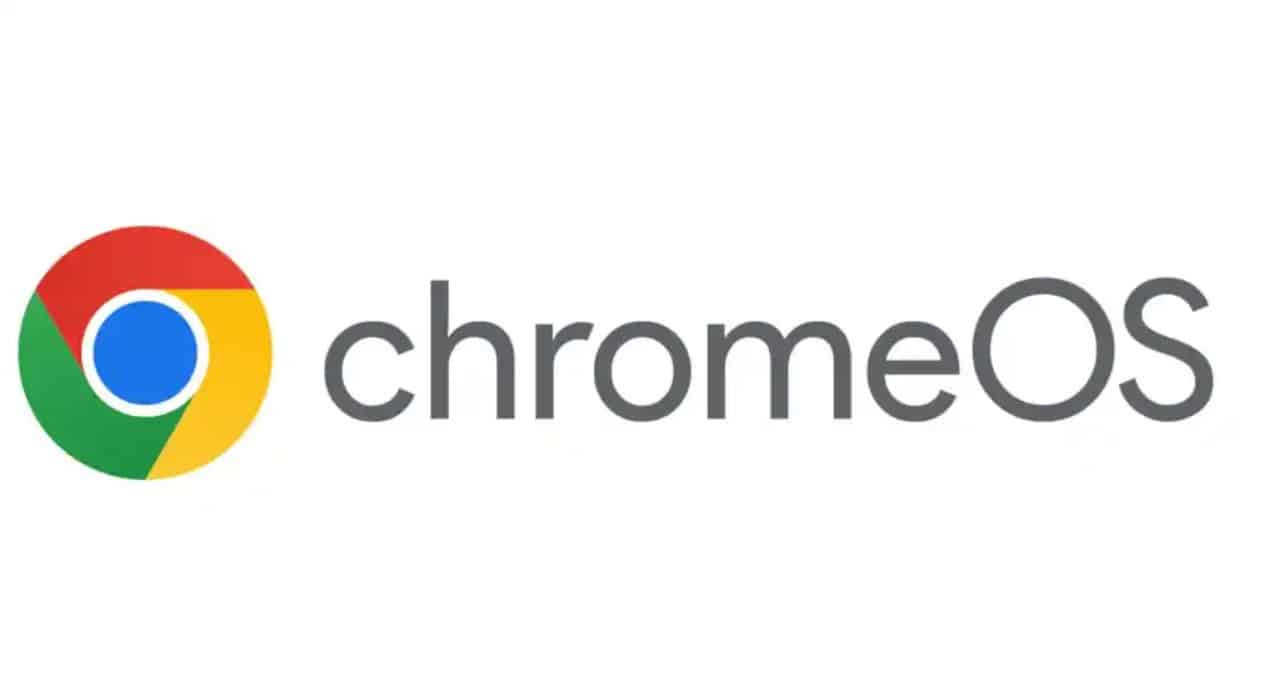
Chrome OS It is the operating system developed by Google and which is based on both Linux, as well as its WebKit-based Chrome web browser.
And while it may seem weird that an operating system revolves around a web browser, it's not something that was invented by Google. Originally, Windows was still simply a graphic file browser for the archaic MS-DOS, so we could say that the functionality would be similar in both operating systems.
Chrome OS is characterized by its focus on cloud computing and web applications by synchronizing a Google account with it, which allows easy access to Google services and applicationssuch as Gmail, Google Drive, and Google Docs.
Chrome OS's interface is clean and minimalist, with an emphasis on speed and simplicity. What you are looking for is optimize the operating system to the maximum to run on modest hardware such as Chromebooks and moving away from the current of Windows and Mac OS that seek to have the best equipment to give a satisfactory user experience.
In addition to being compatible with webapps, ChromeOS also has compatibility with applications developed for Linux, as well as those of Android through a native emulation layer. Therefore, the catalog of available applications is immense.
Why should you install Chrome OS on a Mac?
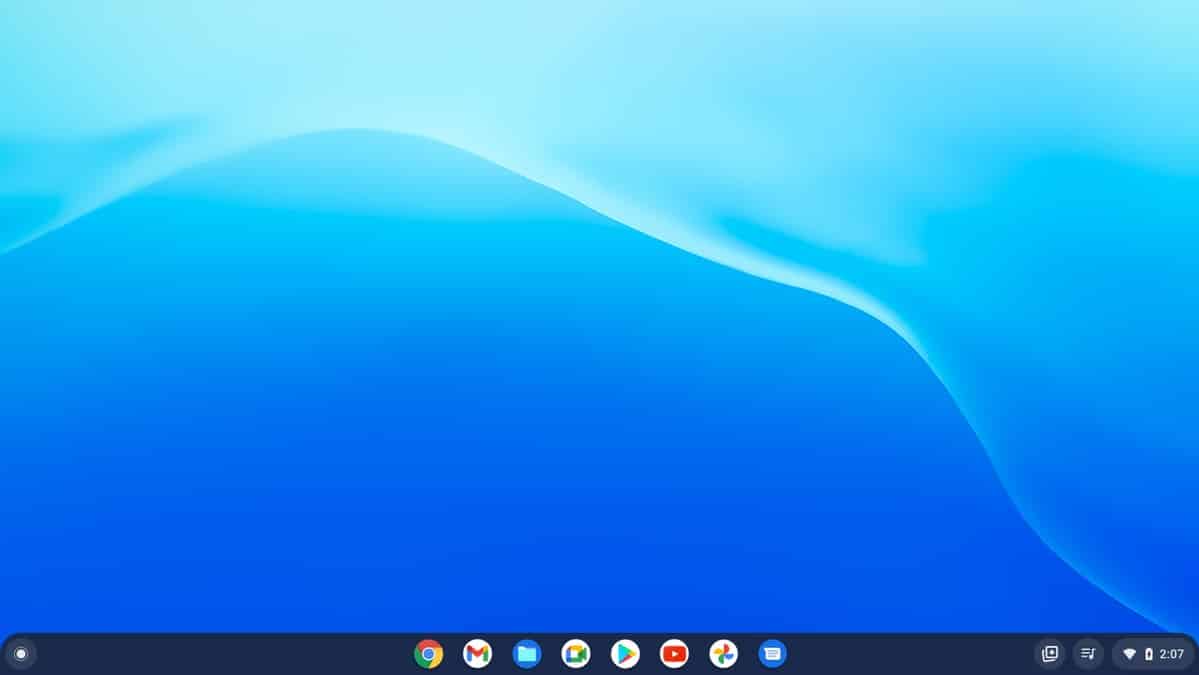
Honestly, I'm having a hard time thinking of a scenario where installing Chrome OS would be useful on a Mac. The only alternative that seems viable to me is a machine that's so old that no longer support updates and you want to revive it.
Or that you simply want to try the Google system, you are a user of Google Workspaces and want the best integration between your Google account and your Mac.
If you have a current Mac and don't have any budget constraints, it's probably best to buy a chromebook. They are equipment natively designed to run Chrome OS and the best thing is that they are cheap. For less than 200 euroYou can find a computer that can complement your Mac without compromising the files you have on it.
I want to try Chrome OS without installing anything
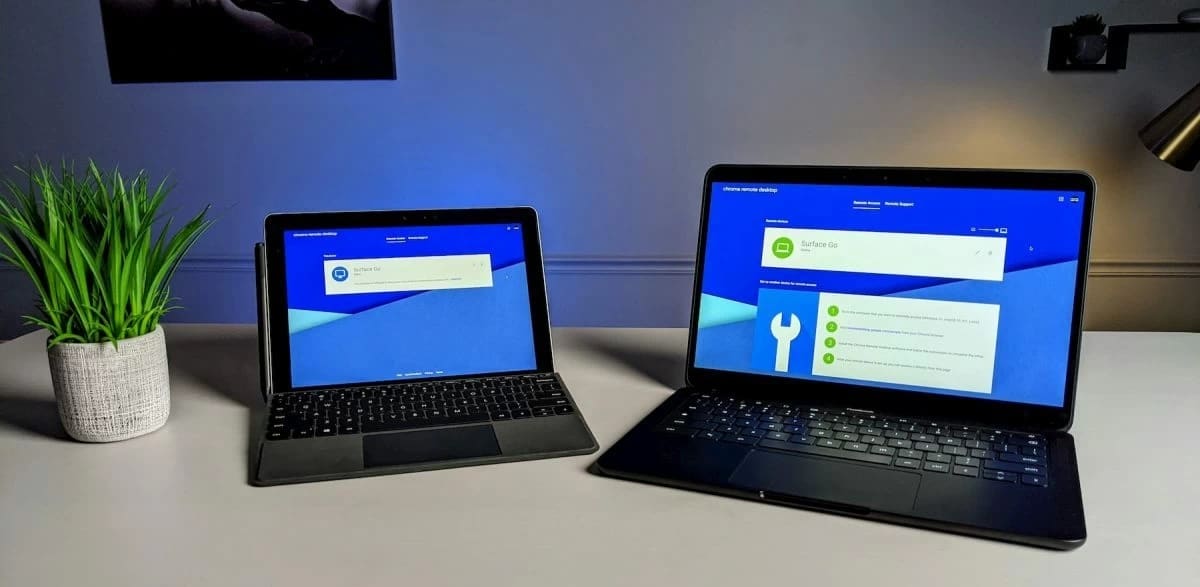
If you want to try out Chrome OS, you know someone who has a Chromebook and you know they don't mind lending it to you for a while, the quickest option is to use the existing Chrome Remote Desktop tool in Google Chrome:
- Open the Chrome browser and install the extension Chrome Remote Desktop from the Chrome Web Store.
- Once the extension is installed, continue with the configuration wizard to make it operational.
- Once you've set up both devices, you'll be able to access the Chromebook desktop from your Mac. Launch the app on your Mac and select the Chromebook you want to connect to.
- Follow the instructions on the screen to establish the remote connection. You'll likely need a passcode generated by the Chromebook, which the Chromebook will give you.
In this way, you will be able to control the Chromebook that they have left you so that you can touch and know the operating system first hand and thus know if it is really for you, without having to physically have it.
I want to try Chrome OS without losing Mac OS
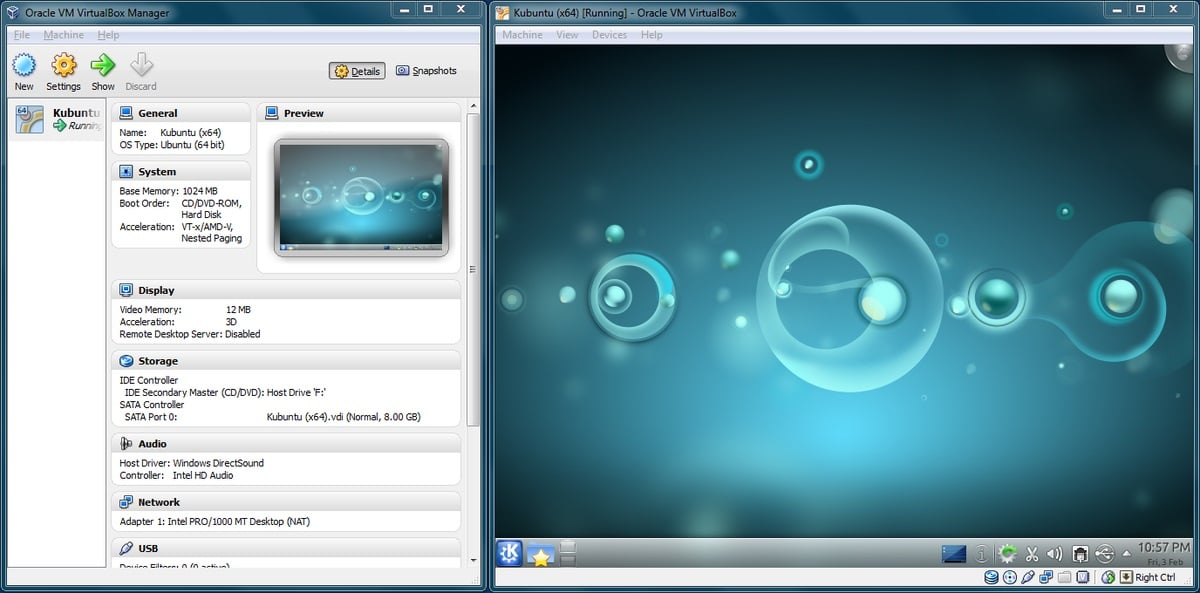
VirtualBox can be used to test Chrome OS
Another option is to use a virtual machine to be able to run Chrome OS on your Mac. A virtual machine is a program that allows you to simulate a computer inside another computer, maintaining the independence of both systems.
As a negative point, being a tool that is inside another operating system, the performance in the virtualized machine is lower than if it were running on native hardware. Although given the low hardware requirements for Chrome OS, it is a more than viable solution.
Being a free and highly functional option, we have chosen VirtualBox. To run Chrome OS in this virtual machine you must follow the following steps:
- Download and install VirtualBox from the Official website
- Once installed, run the program and click on the button «New» to create a new virtual machine.
- Follow the instructions on the screen to configure the details of the virtual machine: such as the name, the type and the version of the operating system that you want to install (Tip: select Ubuntu Linux to maintain a mix of efficiency and necessary power)
- After creating the virtual machine, select the disk image or ISO file of the operating system that you want to install on the virtual machine. You can find Chrome OS ISOs at this link.
- In case you want more customization, you can also configure RAM and storage space that would be assigned to the virtual machine according to your needs.
- Start the virtual machine and follow the instructions to install the operating system within the program.
If you have any questions, we advise you to watch the following video that explains very well how to install Chrome OS on VirtualBox.
I want to replace Mac OS with Chrome OS
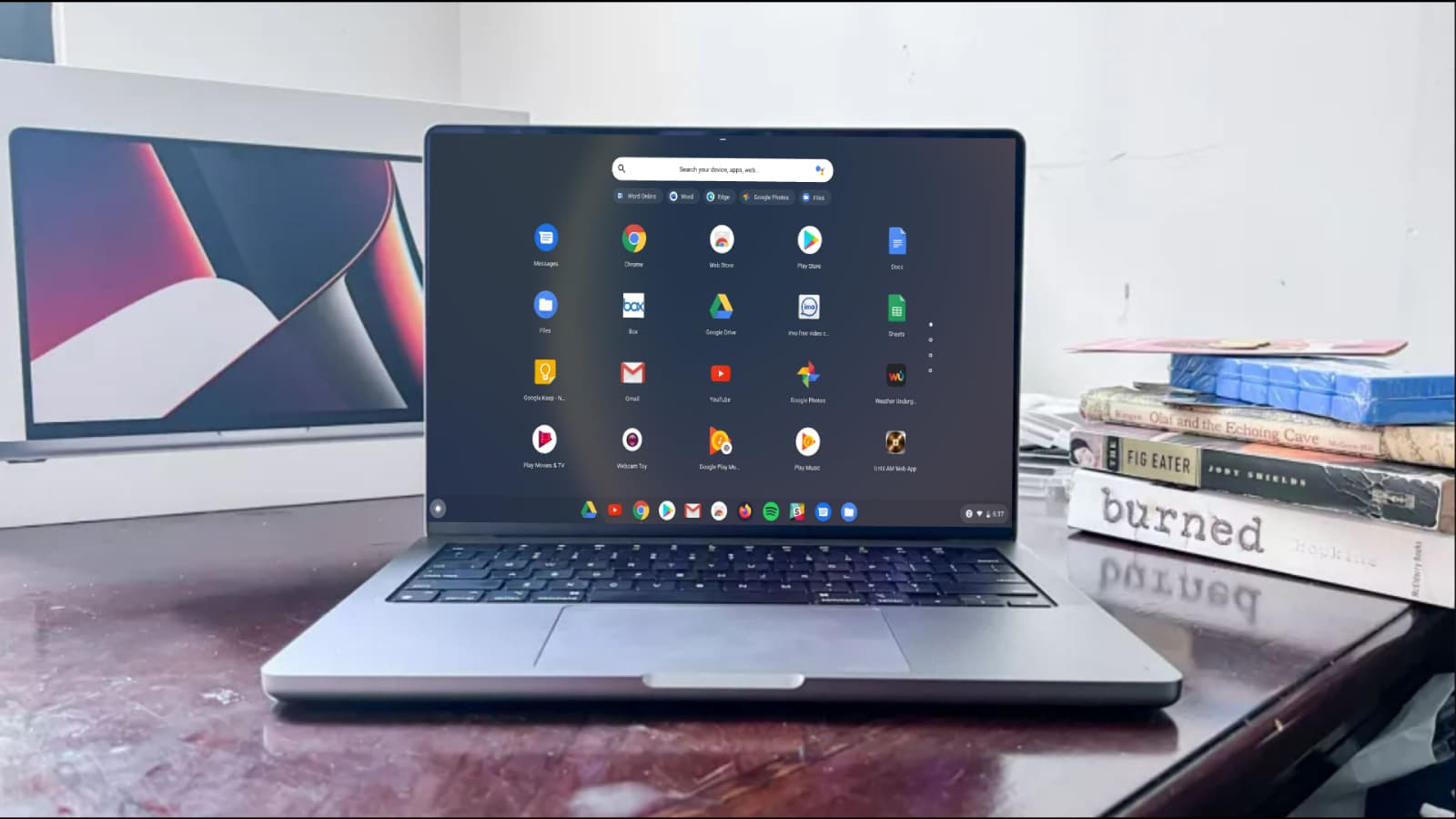
Chrome OS can work on your old Mac
As a last possible alternative, you can replace your version of Mac OS with Chrome OS to be able to use your Mac as if it were a Google computer. Knowing the technical requirements they ask for, it is likely that you can use it without problems:
- Intel or AMD x86-64-bit compatible device
- RAM: 4 GB (although with 2 GB it can also run, with less performance)
- Internal storage: 16 GB
- Ability to boot from a USB drive
If you want to learn to create a Chrome OS installation USB for your Mac, we advise you to review the google tutorials Or follow the steps in this video (you can activate the Spanish subtitles in it):
It is important to note that support for Apple Silicon models (M1 and M2) is still under development, so we can only guarantee 100% compatibility with Mac computers running on the Intel platform. The old PowerPCs are also out.
Is it worth installing Chrome OS on your Mac? Only you can have the answer to this question. It depends on your user profile, the applications you use and the use of the PC. But without a doubt, knowing that there is one more alternative to recover old equipment and be able to give it a second life, so that it continues to be enjoyable, is great news for the IT sector and one more reason to be glad that there is competition in the operating systems.
I have installed it as is but the network does not catch me, so I cannot log in. Has anyone managed to configure the wifi with a macbook?
I've already tried to boot with Fusion 3.0, but it also doesn't have access to Network resources.
If anyone knows how to do it please help us. regards
Hello, I finally made it. in the configuration of the virtual machine in Fusion 3.0 it must be in bridge mode. And voila, you log in without problem. Greetings.